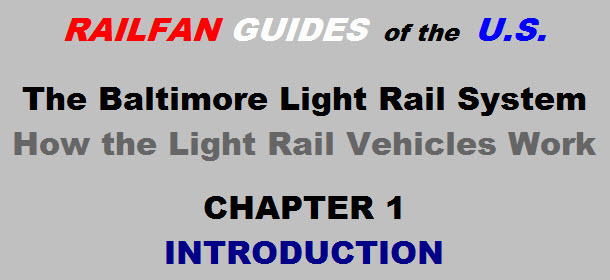

CHAP 1 - Introduction
CHAP 2 - Some Basic Specs
CHAP 3 - Locations of Major Equipment
CHAP 4 - the "TRACS" Computer System
CHAP 5 - the High Voltage, Auxiliary and Propulsion Systems
CHAP 6 - the Low Voltage Systems and Batteries
CHAP 7 - the Air System
CHAP 8 - the Braking System
CHAP 9 - the Suspension System
CHAP 10 - the Trucks
CHAP 11 - the HVAC Units
CHAP 12 - the PA and Intercom System
CHAP 13 - the Pantographs
CHAP 14 - the Doors
CHAP 15 - the Couplers
CHAP 16 - the Lighting System
CHAP 17 - the Destination Signs
CHAP 18 - Winterization
CHAP 19 - Operation
CHAP 20 - Maintenance
CHAP 21 - Floobydust
 Picture 1-1 An LRV over a service pit at Cromwell
Picture 1-1 An LRV over a service pit at CromwellNew 10/6/2006....
Last
Modified Friday, 24 March 2017